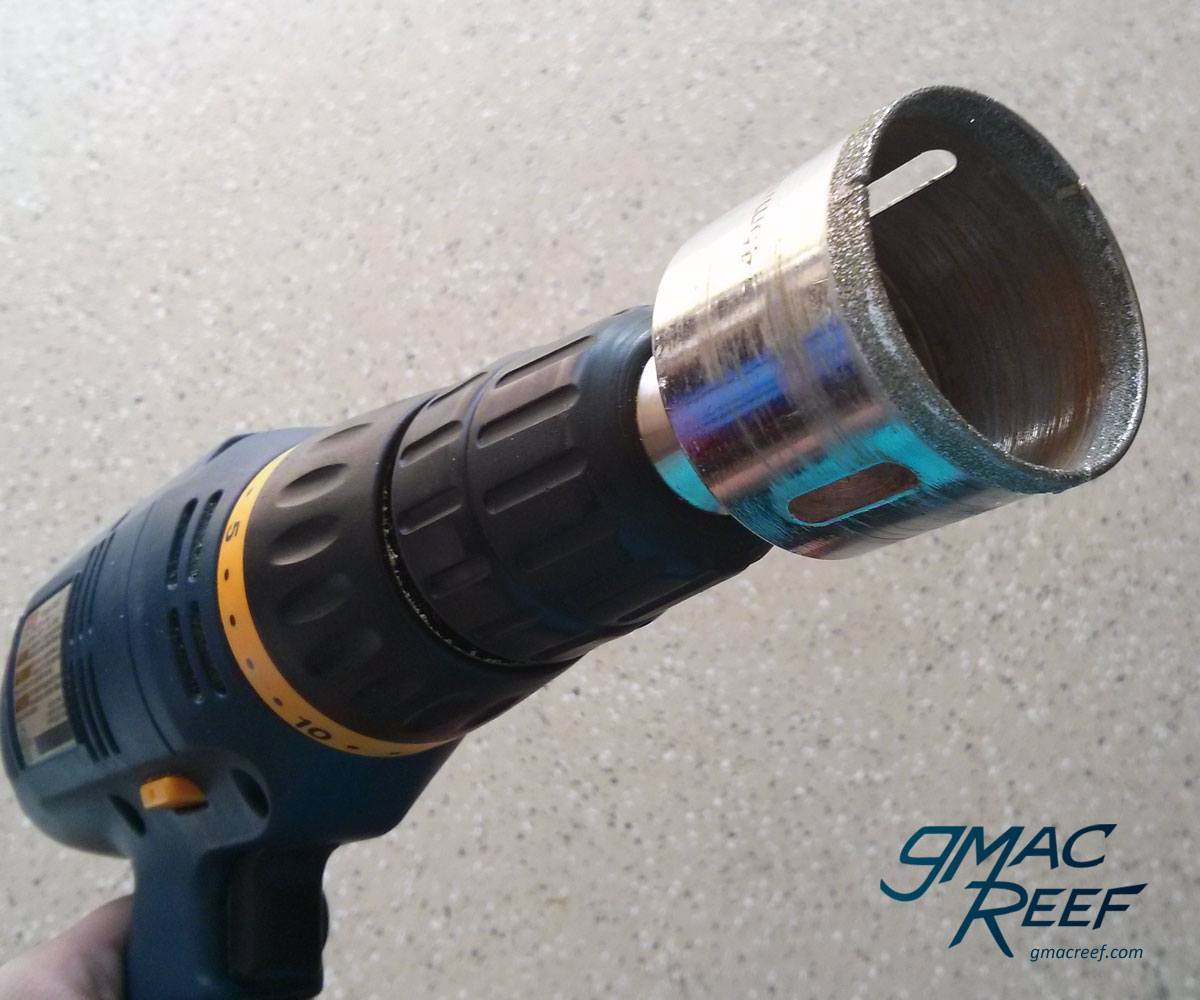In my original article, Herbie Overflow Guide I wanted only to explain each component and how it works, so I am covering this topic separately. It assumes you have a prior basic understanding of how the Herbie works.
The issue at hand is that some people think that running your Emergency drain with a trickle of water is risky, and that it should be dry at all times. They have a point — running an absolutely dry emergency line is the only way to assume 100% that it has full capacity if needed. But if this is true, who do so many people run the emergency drain with a trickle through it?
A Dry Subject
The emergency drain is your backup in the event of obstruction of the main siphon. It is also your last line of defense against a flood.
So it makes sense that you'd want it to handle the flow, so it would be better if it never touched water… right?
Of course – but let's look at what you've got to do to make sure that thing stays Dry… ALL THE TIME.
It sounds simple enough.
Using your valve on the main siphon drain, you have to adjust the thing so that it lets the perfect amount of water through it to match up with what the return pump is delivering to the tank.
This process is what I refer to as “perfectly balancing the flow” and has to be done every time any little variable changes in the circulation system's capacity.
So you sit there, staring at the overflow and fiddling with the valve. The water level goes up, down. You wait, adjust
Wait some more…
adjust…
Then just when you think you've got it nailed, you leave it be.
Although you may be able to achieve perfect balance for a while, over time the water level in the overflow will rise or fall.
It could be a matter of hours or days, but one of two things will happen; The siphon will either start sucking air through a vortex, with that terrible slurping noise or… wait for it… The excess water will trickle into the emergency drain.
BOOM! You are now “Begging for a Flood” according to some.
Foolish and reckless because the emergency line should be reserved for emergencies!
Here is where the discussion becomes highly subjective and filled with arguments citing improbable what-if's.
Arguments against a trickle
"Stuff will grow anywhere water flows" -meaning that by running water down the emergency will lead to a clog from Algae or Sponges, etc.
In my experience this is not the case. If you cut light to an area algae will not grow. A trickle in the emergency line will still have more than 90% of the inner wall dry most of the time.
I personally have run the system for over 2.5 years without even the slightest hint of algae growth or clogging inside the emergency line due caused by the trickle of water flowing through it. By all means, if you have evidence, please show me.
The best analogy I can think of is a storm drain or culvert. There might be a small stream of water flowing through it most of the time. In that stream, some algae might grow. When the storm comes and the drain has do it's job, the chances of the algae blocking the drain is nil. Algae doesn't grow where the pipe is dry, ever.
The emergency line can easily be checked for debris or buildup in the pipe by peering down the standpipe with a flashlight.
An open pipe with no horizontal runs is very hard to clog. When you keep stuff out of your overflow with a cover and teeth on the overflow, you remove the risks even further.
The real risks in my opinion come from running too much of this extra flow through the emergency, and reduce the capacity.
Don't be dumb.
I have heard people describing "A trickle" as percentage of flow. — this is the wrong way to look at it. The amount allowed to pass into the pipe should be as small as possible. Like 1-2 gallons an hour. If you go past this, you are unnecessarily decreasing the capacity of the e-drain.
It is important for everyone who runs this system to know that by running a trickle down the emergency line, you open up more risk to it. This risk can be mitigated well by following the Best practices for a problem-free overflow box
It remains true that a dry emergency line is a true failsafe. This is one reason why the Bean Animal design was created with it's third pipe.



Leave your own comment or question about this post using this form here: